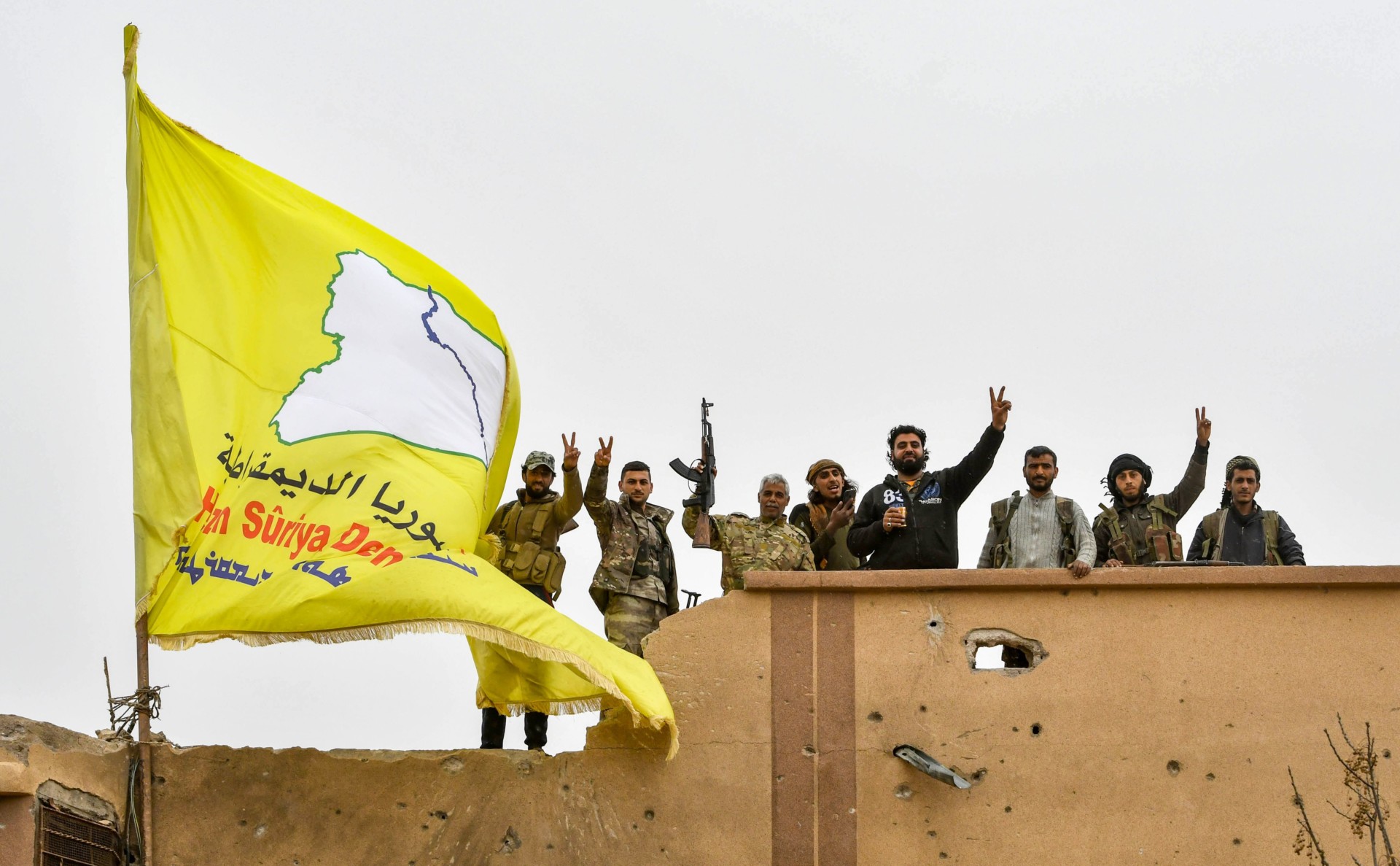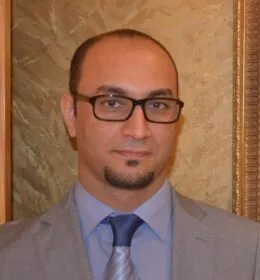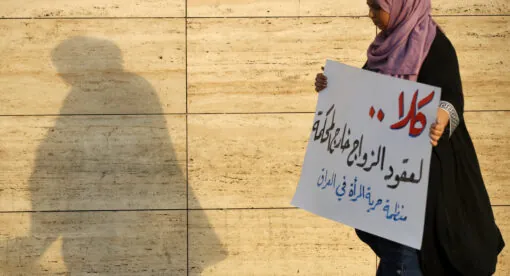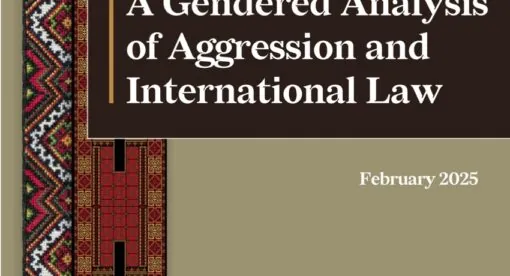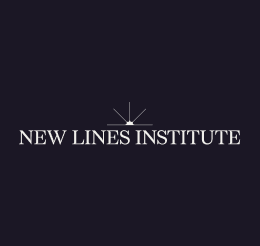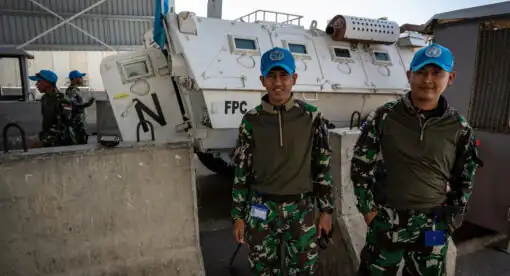Despite the situation in Deir ez-Zor regarding the lingering threat of ISIS and challenges of rebuilding after so much destruction, there are positive signs that the international community can stabilize the area. Deir ez-Zor is a key province, given its proximity to Iraq and its strategic value for Iran as a land bridge between Iraq and Syria. Any strategy to counter both ISIS and Iran in the region should involve engaging the Sunni Arab tribes in eastern Syria.
ISIS Under Control
Since the end of ISIS’ so-called caliphate in March, Deir ez-Zor has become one of the most contested areas in eastern Syria, with implications for the entire region. Iranian militias and Syrian regime forces control the parts of the province west of the Euphrates River, while the international coalition and the Kurdish-dominated Syrian Democratic Forces (SDF) control most of the eastern side. Meanwhile, extremist forces, like ISIS and Jabhat al-Nusra (now known as Hayat Tahrir al-Sham), seek to re-establish a foothold in areas they previously held.
The local population has started to see dramatic changes on the political, social and military levels since the expulsion of ISIS from their areas. The defeat of ISIS east of the Euphrates, for example, put military pressure on forces loyal to Tehran and Damascus as ISIS left Deir ez-Zor for the desert near the areas under their control. On June 10, Iran’s Islamic Revolutionary Guard Corps-backed forces and the Syrian army conducted extensive raids in the Syrian Desert, known as al-Badia, to root out ISIS cells that fled the final battle of Baguoz. The operation focused on the area around the Tiyas military base near Palmyra. After several days of operations, Iran’s concerns proved well-placed, as ISIS took control of the international road that connects Deir ez-Zor with the T3 Station, an oil pumping facility in the regime-held al-Badia near Palmyra.
The SDF faced a similar challenge. ISIS targeted the SDF and killed several Arab and Kurdish commanders in the eastern parts of Deir ez-Zor. The SDF and its international backers also conducted sweeping campaigns that significantly reduced the threat of sleeper cells but increased popular resentment toward the SDF, specifically toward the Kurds. Repeated arrests of civilian suspects along with financial corruption undermined the popularity of the force in Deir ez-Zor and damaged the relationship between the tribes and the SDF.
Arab-Kurdish tensions grew with early militarization of the situation in Deir ez-Zor. The SDF imposed compulsory drafting on adults between the ages of 18 and 30 years. This move prompted tribal leaders to convene what they labelled an emergency meeting to discuss the matter in late May. The leaders demanded that SDF and the international coalition end the mandatory draft and the exporting of their oil to regime-controlled areas. They also accused the SDF of corruption involving oil revenues.
The combination of military heavy-handedness, the deterioration of the economic situation, and the slow stabilization efforts made matters even worse for the population of eastern Syria. Generally, however, the threat of ISIS territorial resurgence is largely contained for the time being, and there is an opportunity for the United States and regional players to build on recent gains in order to hold and build the region in keeping with the logic of counterinsurgency strategy.
Historic Revitalization of Tribes
The challenges facing Deir ez-Zor after the removal of ISIS have given tribal leaders a renewed sense of purpose. There is willingness to express political views about the harsh realities they are facing, as opposed to the passive cooperation with the Syrian government, the rebels, and ISIS that the tribes engaged in before. Tribal leaders now face intense pressure after their communities pushed them to take a stance and held them responsible for the social chaos and lack of unity and representation.
In relative terms, tribal leaders are acting as local players to influence governance and represent their communities. This is a new role for tribal leaders, who were historically either marginalized or used as a tool for the Assad regime. The Kurds, who dominate the SDF, welcome the tribes taking on this role as a way to win local support for the Syrian Democratic Council, a body that seeks to bring together all the ethnic groups in northeastern Syria. The Kurds have worked to strengthen the tribes’ roles as mediators; for instance, the SDF released 800 civilians from the al-Houl camp with guarantees from tribal chiefs. These moves have recently reduced Arab-Kurdish tension in those areas and ended waves of popular protests that demanded the exit of the Kurds from the region (signs raised by the protestors described Kurds as “occupiers.”) That ended after Kurdish reassurances to the tribes that their presence was to provide security and not to control the region, especially since Deir ez-Zor does not have a Kurdish population.
In this context, the visit in June by the Saudi Minister of State Thamer al-Sabhan, along with the U.S. Special Envoy to Syria William Roebuck and the Deputy Assistant Secretary for Levant Affairs and Special Envoy for Syria Joel Rayborn, to Deir ez-Zor came at an opportune time. Even before al-Sabhan’s visit, tribes in eastern Syria looked for a Saudi role in their areas, due to tribal relations and social and cultural affinities with the Saudis and as a way to try to counter the Iranian-backed Syrian regime’s efforts in the area.
With the rapid social, security and political changes in Deir ez-Zor, the minister’s meeting with tribal leaders and the head of the local council at the Omar Oilfield emphasized the role of tribes in the wider area. The tribes were promised practical and urgent support on the ground. The minister also asked tribal leaders not to deal with the Syrian government and Turkey, and to cooperate fully with the SDF in return for improved economic conditions. He also offered to rehabilitate the oilfields’ infrastructure and to arrange for Saudi businessmen to purchase all grain crops. Moreover, the minister reassured the tribes that ISIS would not emerge again and that Iranian militias will be pushed back.
A few days after that visit, the Syrian government called for a meeting with the tribes of Hasakah in regime-held Aleppo as part of this heated race to win the support of tribes in eastern Syria. A pro-regime businessman, Hossam al-Qatraji, who is known for his purchase of oil and wheat from the areas controlled by SDF, organized the meeting.
Seize the Momentum
Despite public claims made by the Trump Administration, ISIS is a lingering challenge, though eastern Syria appears to be safe from the group for now. Recent signs of public agitation, such as protests, illustrate that international and regional players have a narrow window of opportunity provided by the current social and security momentum to improve the situation in eastern Syria before it deteriorates again. U.S. policymakers watching the Syrian-ISIS-Kurdish-Iranian nexus need to factor in this opportunity. The Syrian regime’s efforts to gain the support of the tribes could lead to infighting and division in the SDF areas, and then, of course, ISIS is still trying to regroup by waging attacks against both the SDF and the regime.
In this context, the tribes are a key part of an overall strategy to secure the areas once previously controlled by ISIS. The outcome depends on which party gains the tribes’ loyalty. For the SDF, tribes are the best hope to connect with the population to extend Kurdish influence in the area. Historically, Iranian-backed militias view tribes as important allies in the areas that link Iraq and Syria. For the Syrian regime, tribes are a critical tool to destabilize the areas, expel the U.S.-backed SDF, and extend its reach to former ISIS areas. The Trump administration is in a race against time in Deir ez-Zor.
Abdullah Al-Ghadhawi is a Syrian journalist and analyst from Deir ez-Zor. He has extensively written on Syria and the Middle East, including for the Saudi newspaper Okaz and the London-based Chatham House. He Tweets at @GhadawiAbdullah.
The views expressed in this article are those of the author and not an official policy or position of the Newlines Institute.

